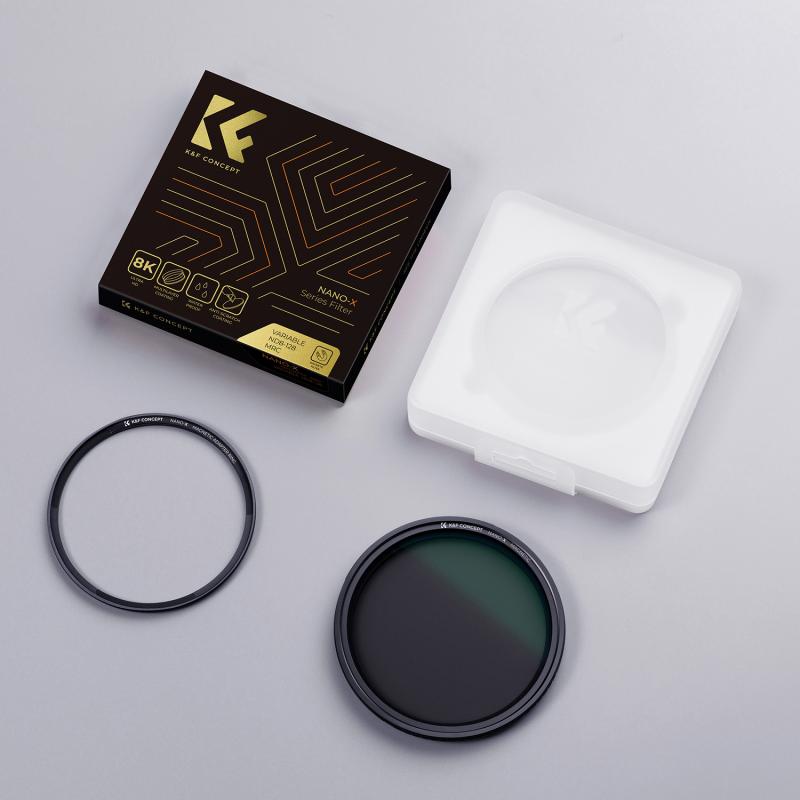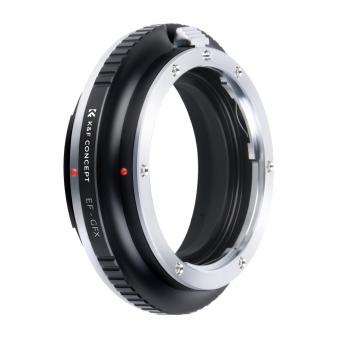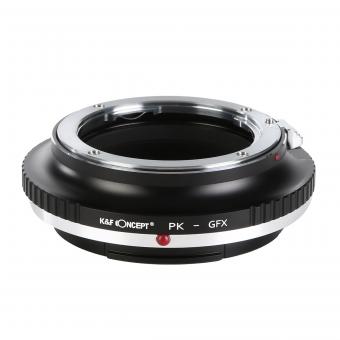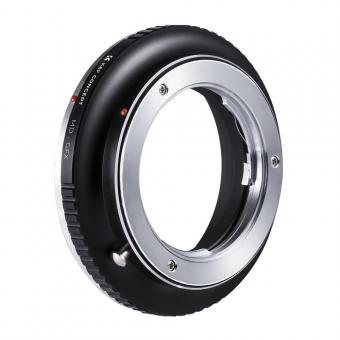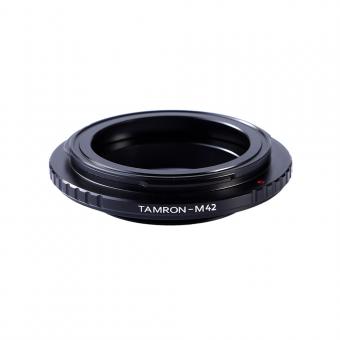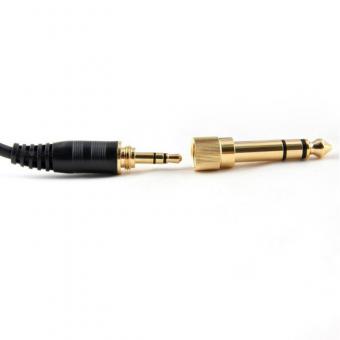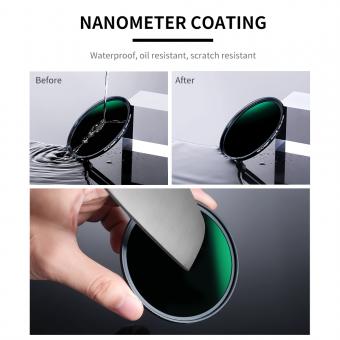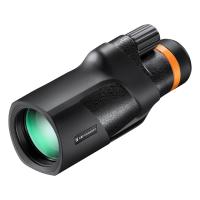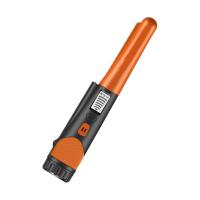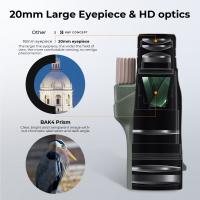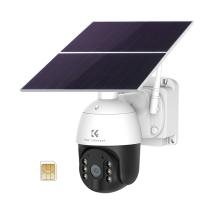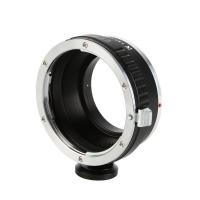Why Use A Nd Filter ?
A neutral density (ND) filter is used in photography and videography to reduce the amount of light entering the camera without affecting the color or quality of the image. It allows for longer exposure times or wider apertures in bright conditions, which can be useful in various situations. ND filters are commonly used to achieve motion blur effects in landscapes or waterfalls, to capture smooth and flowing movements in sports or action photography, or to create shallow depth of field in bright daylight. They are also helpful when shooting with wide aperture lenses in bright conditions to avoid overexposure. Overall, ND filters provide greater control over exposure and allow photographers and videographers to achieve desired creative effects in challenging lighting conditions.
1、 Reducing Exposure in Bright Conditions for Balanced Photographs
Why use an ND filter? One of the main reasons is to reduce exposure in bright conditions for balanced photographs. When shooting in bright sunlight, the camera's sensor can be overwhelmed by the amount of light, resulting in overexposed images with blown-out highlights. This is especially problematic when trying to capture scenes with a wide dynamic range, such as landscapes or architecture.
An ND (Neutral Density) filter is a tool that helps to control the amount of light entering the camera lens without affecting the color or contrast of the image. It works by evenly reducing the intensity of all wavelengths of light, allowing you to use longer shutter speeds or wider apertures in bright conditions. By doing so, you can achieve a more balanced exposure, preserving details in both the highlights and shadows.
In addition to exposure control, ND filters also offer creative possibilities. By using longer shutter speeds, you can create motion blur effects, such as silky smooth waterfalls or streaking clouds. This can add a sense of movement and dynamism to your photographs. ND filters also allow for wider apertures, which can be useful for achieving shallow depth of field in bright conditions, isolating your subject from the background.
With the latest advancements in technology, some cameras now have built-in ND filters that can be electronically controlled. However, using a physical ND filter still offers advantages, such as versatility across different camera systems and the ability to stack multiple filters for even greater light reduction.
In conclusion, using an ND filter is essential for reducing exposure in bright conditions and achieving balanced photographs. It not only helps to preserve details in both highlights and shadows but also offers creative possibilities for capturing motion and controlling depth of field.
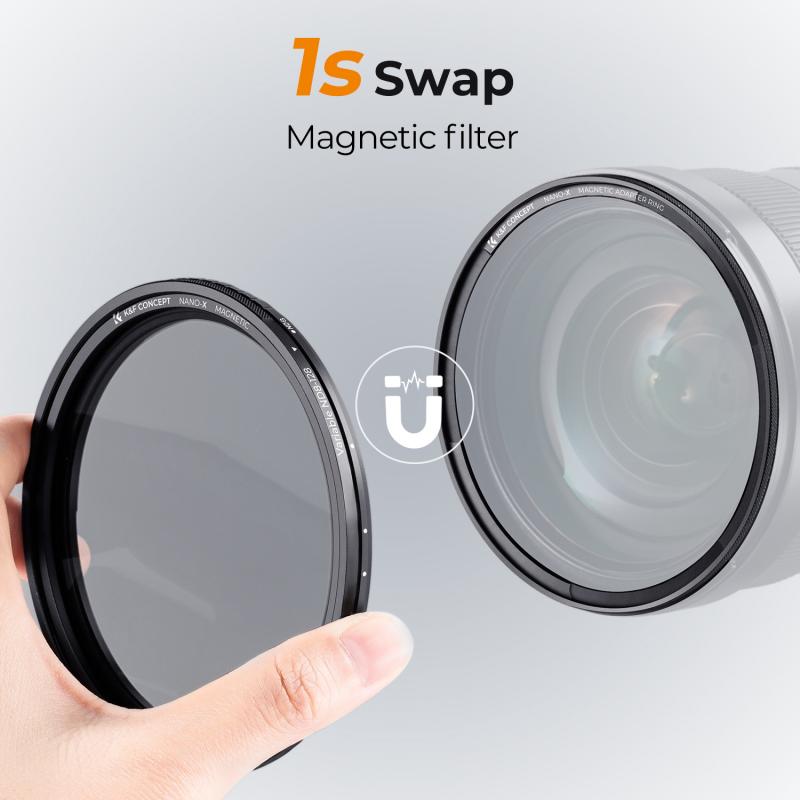
2、 Achieving Long Exposures for Creative Effects in Photography
Why use an ND filter? One of the main reasons is to achieve long exposures for creative effects in photography. ND filters, or neutral density filters, are designed to reduce the amount of light entering the camera without affecting the color or tone of the image. This allows photographers to use longer shutter speeds even in bright lighting conditions, resulting in unique and visually stunning images.
Long exposures can create a sense of motion and blur in a photograph, which can be used creatively to convey a variety of moods and emotions. For example, capturing the movement of flowing water in a river or waterfall can create a dreamy and ethereal effect. Similarly, using long exposures to capture the movement of clouds in the sky can add a sense of drama and dynamism to landscape photography.
In addition to creating motion blur, ND filters also allow photographers to achieve other creative effects. By using long exposures, it is possible to capture light trails from moving vehicles or stars streaking across the night sky. This can add a sense of energy and excitement to the image.
Furthermore, ND filters can be used to control the depth of field in bright lighting conditions. By reducing the amount of light entering the camera, photographers can use wider apertures to achieve a shallow depth of field, even in bright sunlight. This can be particularly useful in portrait photography, where a blurred background can help to isolate the subject and create a more visually appealing image.
In conclusion, using an ND filter allows photographers to achieve long exposures for creative effects in photography. Whether it is capturing the movement of water, creating light trails, or controlling depth of field, ND filters offer a versatile tool for photographers to explore their creativity and capture stunning images.
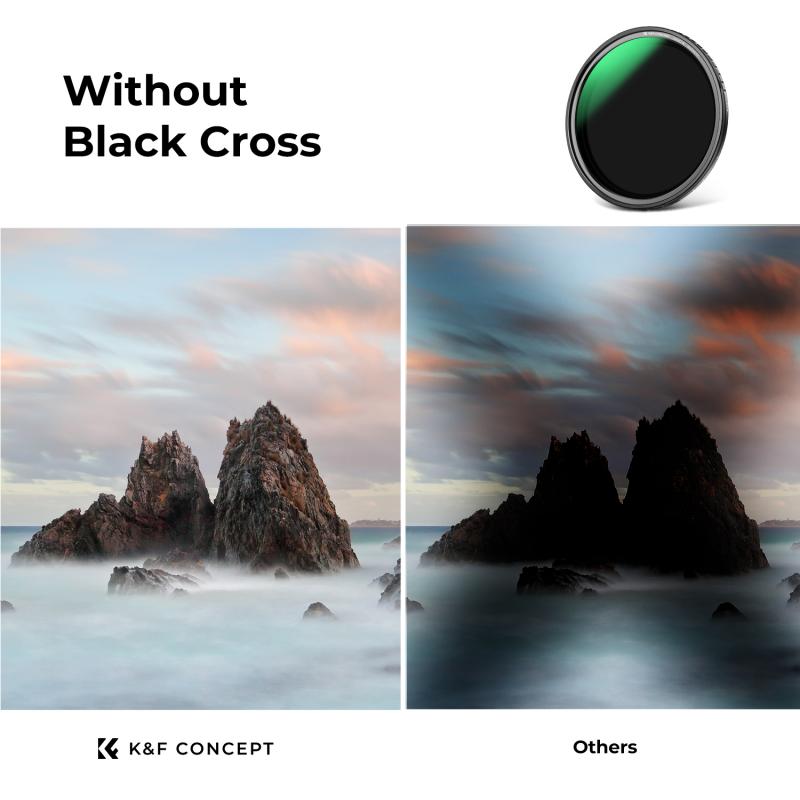
3、 Enhancing Color Saturation and Contrast in Landscape Photography
Why use an ND filter? One of the main reasons is to enhance color saturation and contrast in landscape photography. ND filters, or neutral density filters, are designed to reduce the amount of light entering the camera without affecting the color balance. This allows photographers to use longer exposure times, resulting in several benefits for landscape photography.
By using an ND filter, photographers can capture the movement of elements such as water or clouds. The longer exposure time creates a smooth and silky effect on waterfalls, rivers, or waves, adding a sense of motion and tranquility to the image. Additionally, the movement of clouds can be captured, creating a dynamic and dramatic effect in the sky.
Moreover, ND filters help to balance the exposure between the bright sky and the darker foreground in landscape scenes. This prevents overexposure of the sky and underexposure of the foreground, resulting in a more balanced and visually appealing image. The filter also helps to reduce the contrast between the bright and dark areas, allowing for more details to be captured in both the highlights and shadows.
In terms of color saturation, ND filters can enhance the vibrancy and richness of colors in landscape photography. By reducing the amount of light, the filter allows the camera to capture more saturated colors, especially in situations with strong sunlight. This can result in more vivid and eye-catching images.
From a latest point of view, ND filters are still widely used by landscape photographers to achieve these desired effects. While advancements in post-processing techniques have made it possible to simulate some of these effects, using an ND filter during the actual capture process provides a more authentic and natural result. It allows photographers to have more control over the final image and reduces the need for extensive editing.
In conclusion, using an ND filter in landscape photography is a valuable tool for enhancing color saturation and contrast. It allows for the capture of movement, balances exposure, and enhances the vibrancy of colors. Despite advancements in post-processing, the use of an ND filter remains relevant and beneficial for landscape photographers.
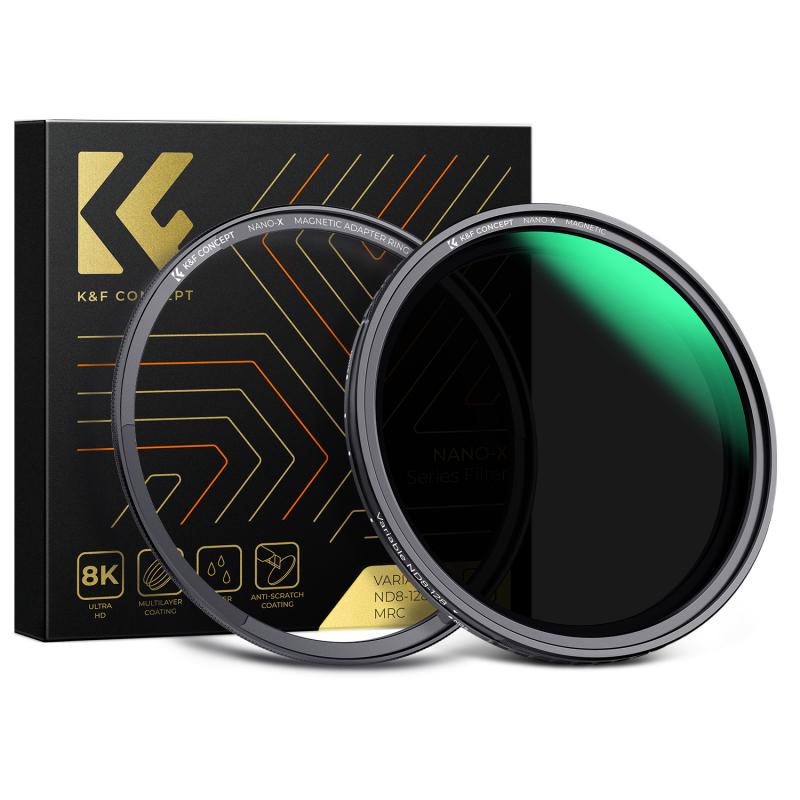
4、 Minimizing Glare and Reflections in Water or Glass Photography
Why use an ND filter? One of the main reasons is to minimize glare and reflections in water or glass photography. When photographing scenes that involve water bodies or glass surfaces, such as lakes, rivers, or windows, reflections and glare can often be a challenge. These unwanted reflections can obscure the details of the subject and create distractions in the image.
An ND (Neutral Density) filter is a tool that reduces the amount of light entering the camera without affecting the color or tone of the image. By using an ND filter, photographers can achieve longer exposure times, which in turn helps to blur the movement of water or eliminate reflections on glass surfaces.
The use of an ND filter allows photographers to capture the true essence of the scene by reducing the intensity of light. This is particularly useful when shooting in bright sunlight or during the golden hour, when the light is harsh and can cause overexposure. By using an ND filter, photographers can achieve a more balanced exposure, resulting in a well-exposed image with reduced glare and reflections.
In addition to minimizing glare and reflections, ND filters also offer creative possibilities. By using longer exposure times, photographers can create a sense of motion in water bodies, such as silky smooth waterfalls or misty seascapes. This technique can add a dreamy and ethereal quality to the image, enhancing its visual appeal.
In conclusion, the use of an ND filter is essential for minimizing glare and reflections in water or glass photography. It not only helps to achieve a more balanced exposure but also opens up creative possibilities by allowing for longer exposure times. With the latest advancements in filter technology, photographers now have access to a wide range of ND filters that cater to different light conditions and creative needs.
